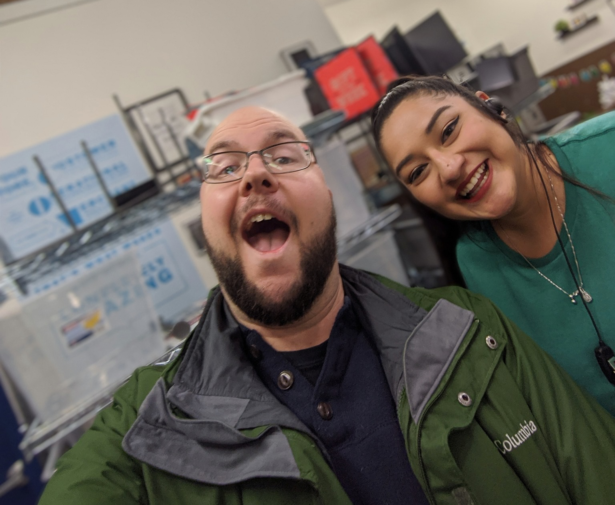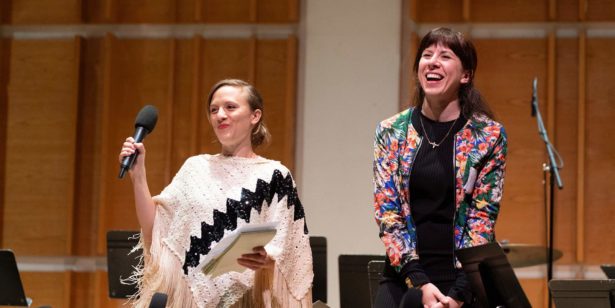
Building Play Into Lives In Need Of It
The volunteers that put up a playground as fast as kids could play on it
Stephen Wang, who recently visited storm-ravaged Haiti, first came to our attention because he is director of enterprise sales for TurnTo Networks, Inc., the company behind Good Turns. But the good turn he achieved on his trip grew out of an organization founded by his mother, Stephanie Crane, in 2002. That organization, known as Community Empowerment, provides essential healthcare in communities badly in need of it—including places like Haiti and the Dominican Republic—and works with local leadership to build capacity in the hopes that their services will one day no longer be needed.
Wang is not a doctor, of course. But his management skills helped him organize the crew of volunteers he brought with him. And his girlfriend, Taylor Massaro, was an invaluable part of the project.
The couple had traveled to Haiti with Community Empowerment the previous year, where they had visited a town called Jerusalem, on the outskirts of Port-au-Prince. After the earthquake that devastated the island in 2010, Jerusalem had sprung up as a temporary relocation site for people whose homes had been destroyed. But with the slow pace of rebuilding, the former tent city has become a permanent town. And in that town, the La Fleur Orphanage, run by a former hair salon owner named Madame La Fleur, cares for about 60 of the estimated 500,000 children orphaned by the 2010 earthquake.
“The hardest part was trying to do construction while everyone was trying to immediately play with it”
“We got very tuned in with the community while we were there,” Wang told Good Turns recently. “There was this big plot of land in the middle of the orphanage, really just an empty lot filled with a lot of rubble and rocks. The kids would play soccer on it in their bare feet. We realized there might be a nice opportunity to build a playground in the empty lot.”
So Massaro, a structural engineer, designed a project and worked out what would be needed. “We organized the supply chain to make sure we got all the supplies taken care of, the lumber and tools and materials, and we worked out the logistics of getting everyone down there to help out,” Wang says. The couple traveled to Haiti in early March to lead a team in building the playground, accompanied by a dozen volunteers, most of them from Rush University Medical Center, where Wang’s mother has a practice. “I think they just posted a piece of paper on a pinboard and asked for volunteers,” Wang says. “We had volunteers from the medical school, from the nursing school, from hospital management all come down.”
Construction took about five days. “We had a lot of help,” Wang says. “We also had some local volunteers who helped us. It’s finished, and it’s beautiful, but that’s not to say there weren’t some initial bumps in the road.” Some of the lumber was warped by the humidity, Wang says, and there were some problems with American tools being compatible with local parts, and vice versa. Traveling to the site could also be troublesome. “Sometimes it takes 15 minutes to get from Port-au-Prince to Jerusalem, and sometimes it takes three hours,” Wang says.
“The hardest part was trying to do construction while everyone was trying to immediately play with it,” Wang recalls (and which you can see in the picture above). “The kids loved it. They were playing on it as as were building it.”
The playground is set within the low cinder-block wall that encloses the orphanage grounds. Where the playground now stands, the field of rubble has been replaced with a bed of mulch that will be easier on children’s feet.
Though Wang is gratified to have made a tangible contribution to a community in need, he gives the majority of credit to his girlfriend. “She was the designing engineer of the playground, and also out go-to person when we were doing construction. She’s put a lot into this over the last year. It was really rewarding to watch her playing with the kids at the end of it. That was nice to see. As well as all the volunteers who came down, to see them leave fulfilled was also nice for me to see.”
“Sustainability is the hard part at the end of the day,” Wang says. “We want to help as much as we can, but we also want to help create a system that allows for long-term sustainability, where we can eventually leave them with something of their own and go on to the next project.”
Wang will probably lead a team to strengthen the wall around the orphanage as his next project in Haiti. But whatever it is, we’re grateful that there are people like Wang and his family, and organizations like Community Empowerment. As long as there are places as badly in need as Haiti is, we will need the work of volunteers like them. And, if you’re ready, like you.
Posted March 23, 2018





